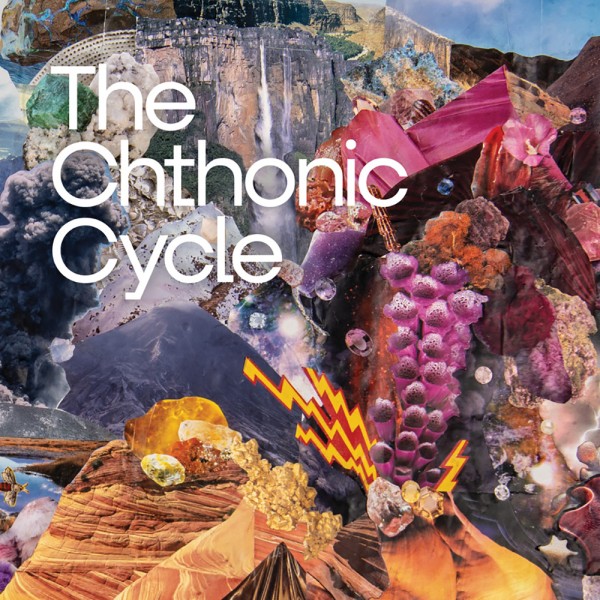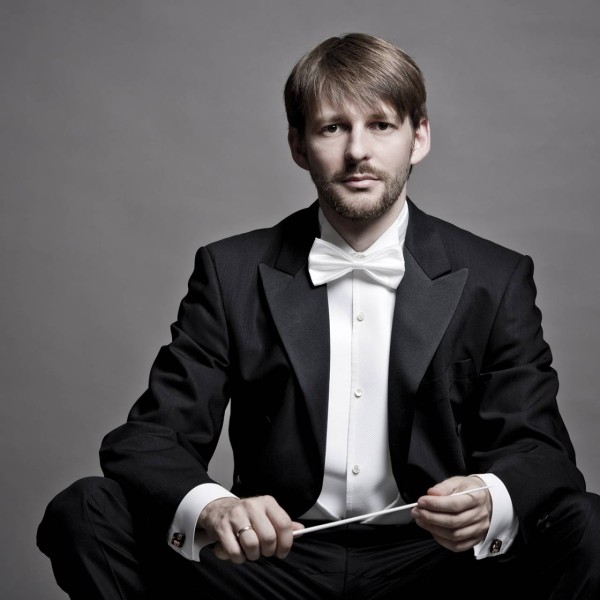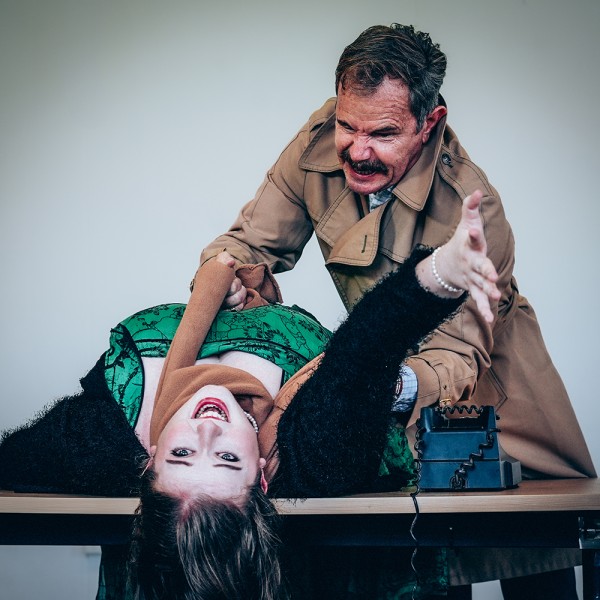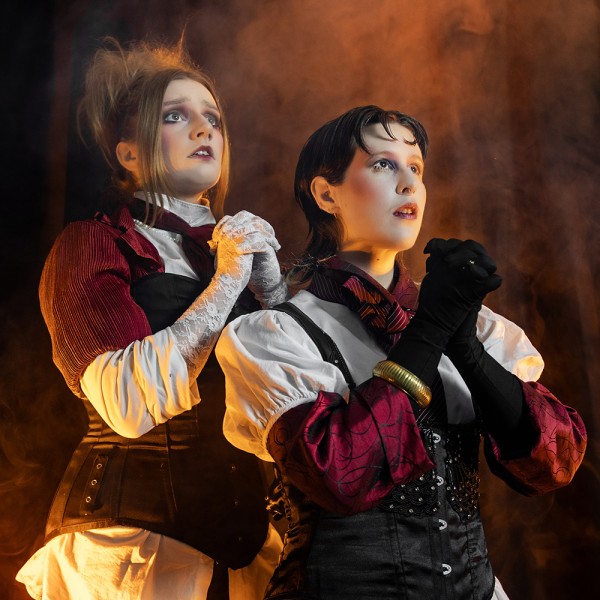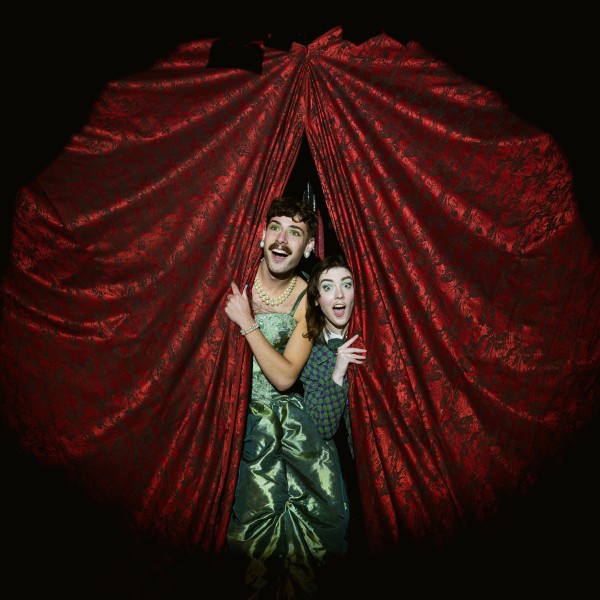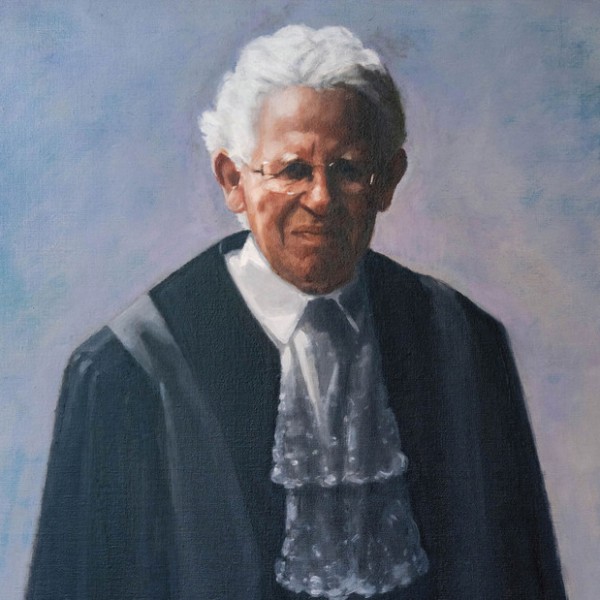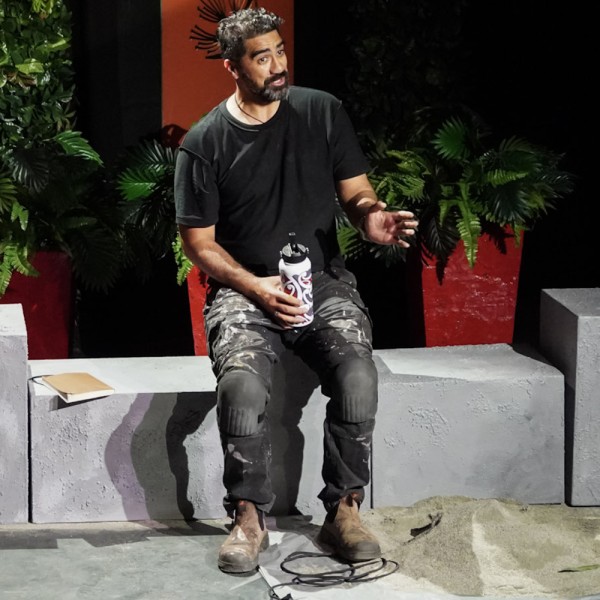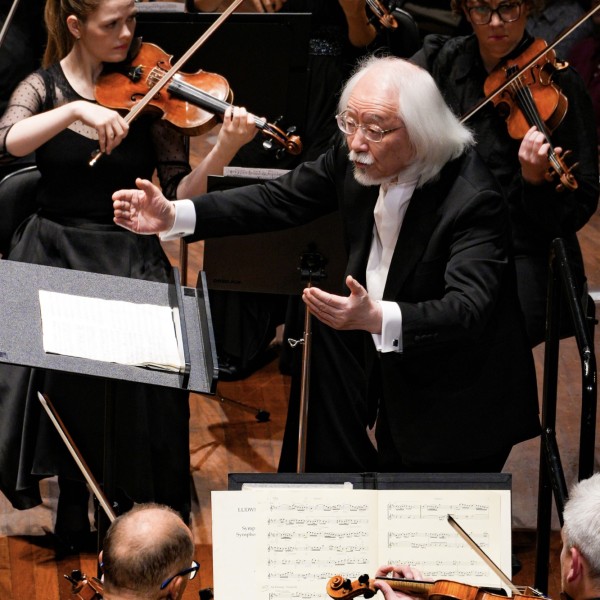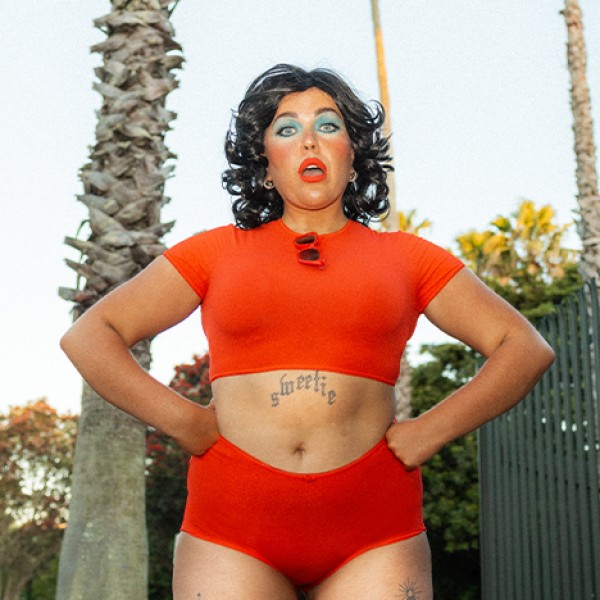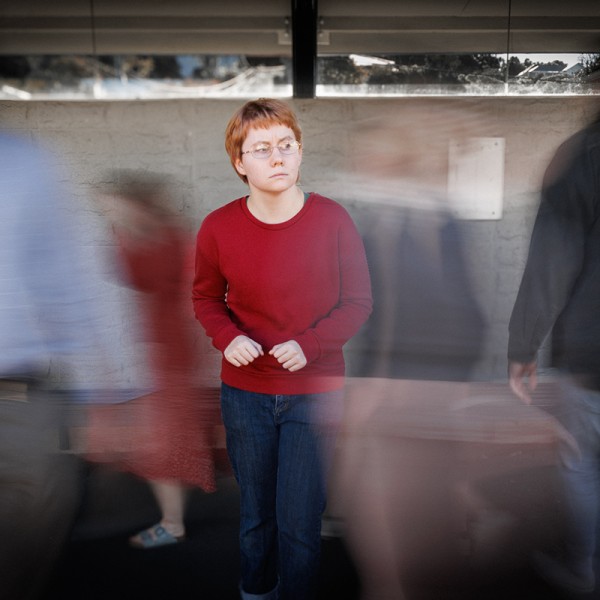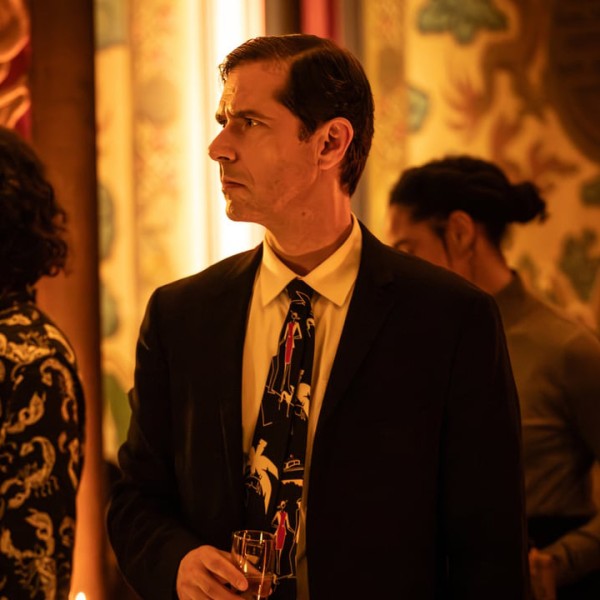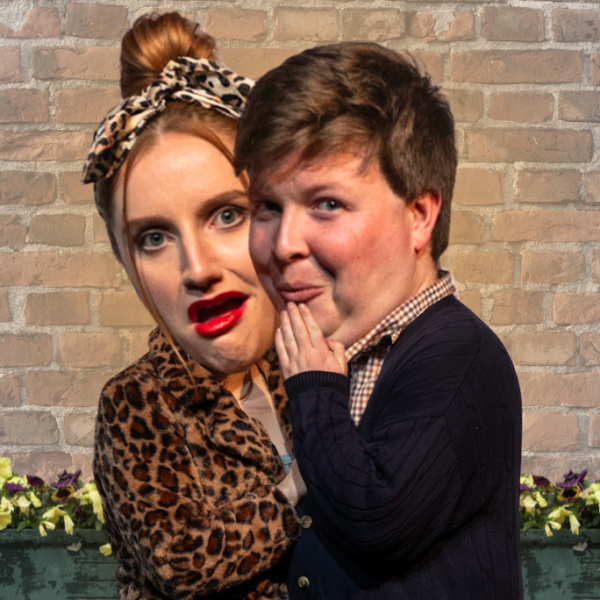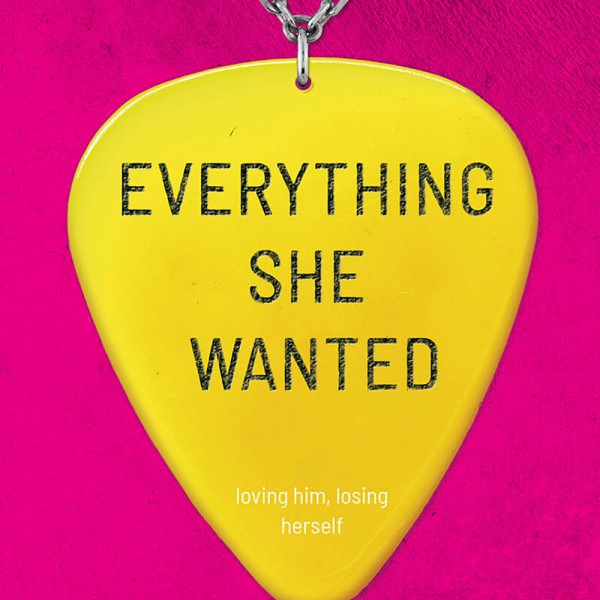
Everything She Wanted
Written by: Martinette Williams
Sweeping Statements Press
Reviewed by: Jo Lucre
In Everything She Wanted, the opposite of the title turns out to be true. The ex-‘boyfriend’ of the past became everything author Martinette Williams didn’t want. In her debut novel, she carefully unfolds what feels like a time capsule from a period of her life that until this book, she had been yet to put to bed. Inspired by her own journals and songs written 10 years prior, Williams has created characters based on her real-life story.
Everything She Wanted centres on Madeline and the intoxicating pull of Daniel, a twenty-something musician that she is undeniably drawn to time and time again. Despite being pushed and pulled like a puppet on a string, she’s the underdog in a carefully engineered sport where one minute she’s a friend, the next an all-out friend with benefits, a pseudo girlfriend, a ‘pretty girl’, a close confidante, the next a nobody. Michael, Daniel’s best friend, finds himself a witness to the unhealthy relationship, wishing he could be with Madeline and do better.
Madeline’s journey of self-discovery recollects the heady, youthful feelings of passion and desire for relationships to be the stuff movies are made of but rarely ever are.
Williams, a singer-songwriter and now published author, has included five songs she wrote back in 2012, each fraught with the feelings and words born of riding such an emotional roller coaster. All her songs can be streamed online by readers on SoundCloud. When Daniel tells her she’s not the right girl for him, and never will be, Madeline pens the song Everything I Wanted. The first two lines really sum up the song and the book.
“You were everything I wanted, just sitting there.
I couldn’t stay away – I’d follow anywhere.”
Something quirky and distinctive happens when a musician becomes an author and vice versa, opening up a whole new artistic lens. Williams offers a unique opportunity to take a pause from the page to instead listen and absorb the musicality of her words and the emotions deeply rooted and rendered throughout.
Everything She Wanted is a cathartic narrative of a story left untold, but one that’s weighed the heaviest.




